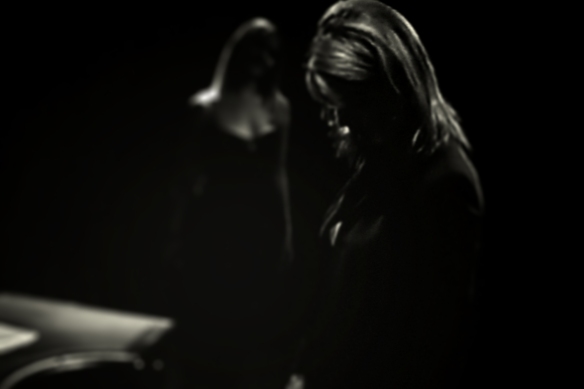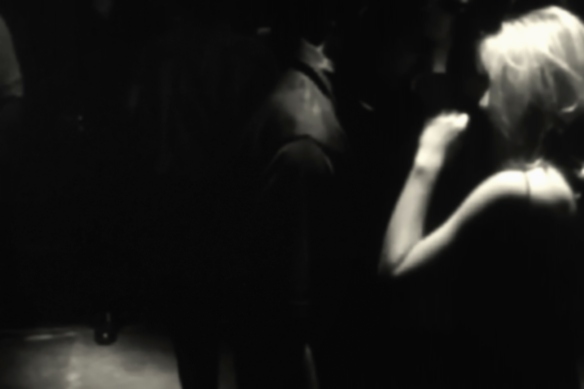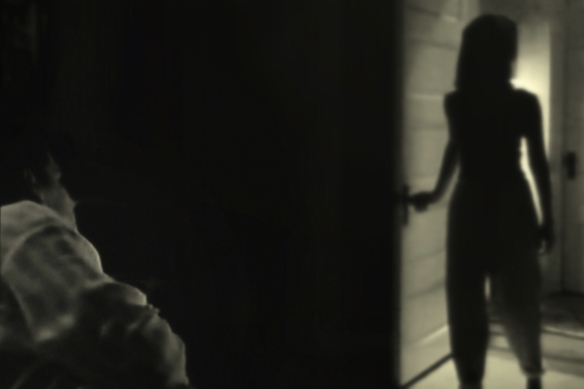So I watched yesterday’s Senate hearing on gun safety (or as Wayne LaPierre would call it, Gun-Grabber-Palooza). I was pleased to see a woman on the panel of experts. Yes, Gayle Trotter is a gun rights advocate, but at least it was a break from the usual panel of white middle-aged men. I was looking forward to what she had to say.
Here’s a true thing: I generally expect women to be more reasonable than men. More practical, more thoughtful, more grounded in reality. I think that’s true much of the time. Not yesterday. Yesterday Gayle Trotter’s testimony was misleading at best; at worst it was irrational and — there’s no nice way to say this — stupid.
Much of her testimony was an impassioned defense of assault-style weapons. She testified,
[W]omen are speaking out as to why AR-15 weapons are their weapon of choice. The guns are accurate. They have good handling. They’re light. They’re easy for women to hold. And most importantly, their appearance. An assault weapon in the hands of a young woman defending her babies in her home becomes a defense weapon. And the peace of mind that a woman has as she’s facing three, four, five violent attackers, intruders in her home, with her children screaming in the background, the peace of mind that she has knowing that she has a scary-looking gun gives her more courage when she’s fighting hardened, violent criminals.
That’s her argument. A woman needs a scary-looking gun when she and her children are being attacked in their home by multiple hardened, violent criminals. Trotter even told the story of Sarah McKinley:
Home alone with her baby, she called 911 when two violent intruders began to break down her front door. The men wanted to force their way into her home so they could steal the prescription medication of her deceased husband, who had recently died of cancer. Before the police could arrive, while Ms. McKinley was on the line with the 911 operator, these violent intruders broke down her door. One of the men brandished a foot-long hunting knife. As the intruders forced their way into her home, Ms. McKinley fired her weapon, fatally wounding one of the violent attackers and causing the other to flee the scene.
That’s a sad and scary story. And it actually happened. But not quite in the way Trotter suggests. The fact is, Sarah McKinley didn’t use a scary-looking assault rifle to protect herself. She used a Remington 12 gauge shotgun — a weapon that wouldn’t be regulated under the new proposed gun control laws. Although Trotter didn’t actually state McKinley used an AR-15 to defend herself, she certainly suggested it. Her testimony was deliberately misleading.
But it was her irrational and stupid testimony that was, in my opinion, more deleterious. She argued that women need firearms to counter the superior strength and size of a male attacker. That sounds logical, doesn’t it. After all, men do tend to be bigger and stronger than women. Men do tend to be the aggressor in domestic disputes. So surely a woman having access to a firearm would make her less vulnerable. Right?
No. Not right. This is where being trained as a criminologist comes in handy. Here are some actual facts:
- Relatively few incidents of violence against women involve strangers; their attackers are almost always men with whom they are close: boyfriends, husbands, fathers, etc.
- Research shows men who batter women frequently use firearms to scare them, threatening to shoot them, or shoot their children, or shoot their pets. In other words, abusive situations often begin with men already holding a firearm.
- Most incidents of domestic violence occur under circumstances in which women are attempting to reduce the tension; they’re trying to avoid a fight. When somebody does reach for a weapon, it’s almost always the man.
- In the last wide-ranging study that looked at the use of firearms in domestic violence, the data revealed that for every instance in which a woman used a gun to successfully defend herself there were more than eighty instances in which a woman was murdered by her abuser.
By the way, that study was done in the late 1990s. It was the last such study because in 1996 NRA-supported Republican Members of Congress passed a law banning the use of federal funds for research that promoted gun control — and since any research that might suggest guns were a hazard could be interpreted as promoting gun control, all such federal research was halted.
Once you actually unpack Gayle Trotter’s argument that guns make women safer, once you look at real world data, it becomes clear her argument is…well, irrational and stupid. In her testimony, Trotter cites ‘research’ which she claims supports her argument. The work she cites is a book called More Guns, Less Crime, by John Lott. A panel of sixteen scholars under the aegis of the National Research Council examined the claims made by Lott; fifteen of them found his claims to be either invalid or unconvincing. It’s also worth noting that Lott, when his findings were criticized on several websites, used ‘sockpuppet identities’ to support his claims.
In other words, John Lott is perhaps not the most reliable of sources when it comes to firearm statistics.
Let me also say this: there ARE some valid and logical arguments that can be made against the suggested ban on assault-style weapons. It’s true some weapons that would be affected under the proposed ban are on the list for no other reason than because they’re scary-looking. But any valid arguments are undermined when gun rights advocates present testimony that is deliberately misleading or simply stupid.



































